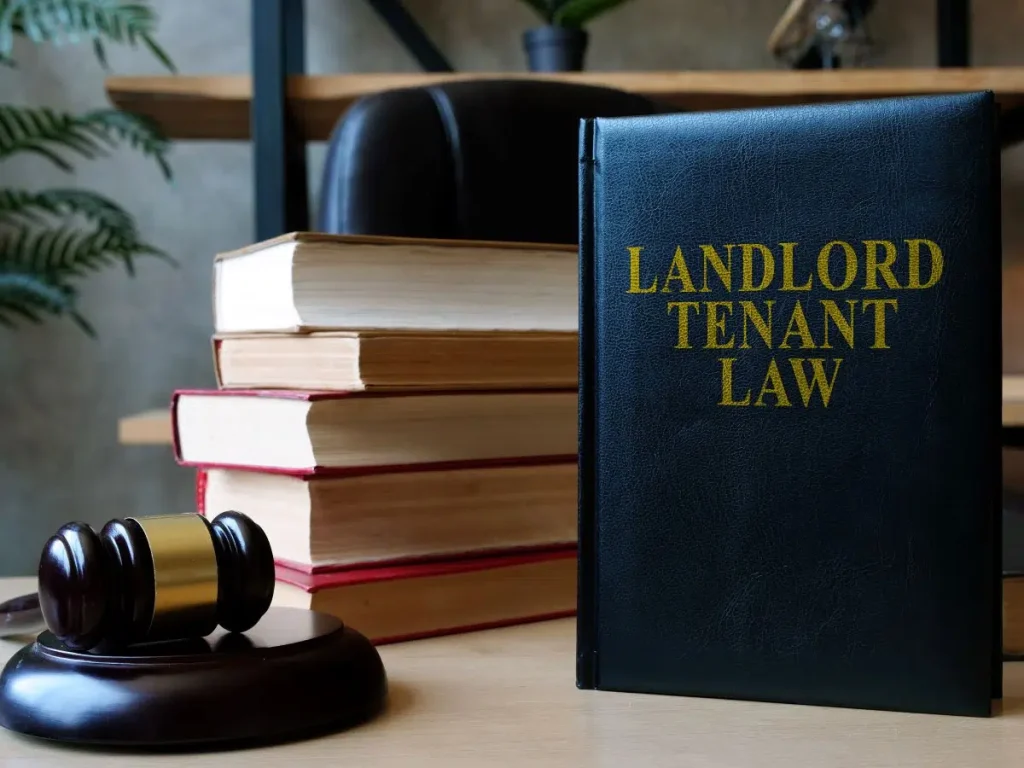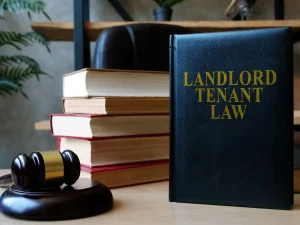
Evictions often happen when disputes between landlords and tenants become complex and challenging to resolve. In California, they are carefully regulated to ensure both parties act fairly and comply with state law. This raises a common question: How does eviction work in the Golden State?
In this article, let’s discuss the legal grounds, notices, and procedures for eviction under California law. We’ll also explore the relevant rights and potential outcomes if a court rules against a tenant.
What Counts as a Legal Eviction?
In California, an eviction (also referred to as an “unlawful detainer” case) refers to the legal procedure to get a lessee out of a residential or commercial rental unit. However, not all actions to remove a tenant qualify as a legal eviction, including:
- Changing door locks
- Shutting off access to water, electricity, and other utilities
- Removing the tenant’s belongings
- Harassing or threatening tenants into leaving
In addition, landlords cannot evict renters for exercising their rights, such as reporting housing code violations or joining a tenant’s union. These types of illegal, self-help, or retaliatory evictions are prohibited under California law and may result in fines and lawsuits.
What Are the Legal Grounds for Eviction?
Now that we’ve covered what qualifies as a lawful eviction, let’s look at the valid reasons for evicting a tenant in California. These include:
- Non-Payment of Rent: Failing to pay rent on time is often the reason for eviction. It also applies when tenants pay only a portion of the rent owed or pay after the due date stipulated in the rental agreement.
- Violation of Lease Terms: Renters can get evicted for breaching their lease agreement terms. Examples of violations include:
- Causing excessive property damage
- Bringing pets in without landlord authorization
- Engaging in illegal activities on the premises
- Disturbing the peace of other tenants
- Expiration of a Fixed-Term Lease: A landlord can proceed with an eviction when they choose not to renew a tenant’s lease after it expires. This is often the case when the landlord wants to use the property for themselves or make substantial renovations.
- “No-Fault” Evictions: Sometimes, landlords can seek eviction without citing a specific reason or even when tenants have not committed any wrongdoing. The landlord may intend to move in themselves (owner move-in eviction) or pull the property out of the rental market (Ellis Act eviction).
The Notice Requirements for Eviction
Besides having a justifiable reason, landlords in California must give their lessees a written notice. Below are the different notices for various circumstances:
- Landlords must serve a 3-day Pay or Quit notice to tenants with overdue rent, allowing tenants to keep up with payments.
- Landlords must serve a 3-day Cure or Quit notice for lease violations, allowing renters to remedy the issue.
- Landlords must provide a 60-day or 30-day notice for “no-fault” evictions, depending on the tenant’s length of occupancy.
The notice must be delivered appropriately to the lessee in person, by posting on the property, or via certified mail. If the tenant doesn’t leave after the notice period expires, the landlord can file an unlawful detainer lawsuit at the local superior court.
The Eviction Lawsuit and Court Proceedings
An unlawful detainer lawsuit will determine whether the tenant has the legal right to stay in the property. Once it has been filed, the court will issue a summons and complaint to the renter, which outlines the landlord’s reasons for seeking eviction. The renter then has a limited time, typically 5 days, to file an answer to the complaint with the court.
If the tenant responds, the case will move to a court trial, and both sides can present evidence and argue their case. Conversely, the landlord can request a default judgment if the renter fails to respond, resulting in the latter’s removal from the property.
Tenant Rights During the Proceedings
Even when a landlord initiates eviction, tenants in California still have rights and protections they can uphold. These include:
- The right to receive proper notice and have their day in court
- The right to raise defenses against the eviction, such as retaliation or discrimination
- The right to request a postponement of the eviction trial if they need more time to prepare
- The right to request a stay of the eviction order if they can demonstrate financial hardship
What Happens if the Tenant Is Found Guilty of Unlawful Detainer?
If the court rules against the tenant, they may face serious legal and financial consequences. First, they must vacate the property within a specific time frame. Failure to do so can result in the sheriff physically removing the tenant and their belongings.
Second, the court may order them to pay the landlord’s court costs, attorney’s fees, and any unpaid rent or property damage. Third, the eviction will be recorded on the tenant’s credit report, making it more difficult for them to secure future housing.
Conclusion
Navigating eviction in California can be complex and stressful for landlords and tenants. You must understand the relevant eviction laws and processes to protect your rights, avoid costly mistakes, and resolve the situation fairly and lawfully.
If you are a landlord considering filing an eviction, consult a qualified real estate attorney to ensure you follow the proper legal steps. If you are a renter facing eviction, contact an attorney or an eviction prevention organization for support.







